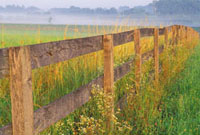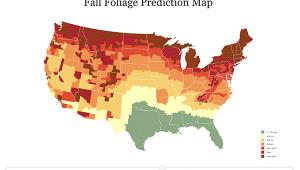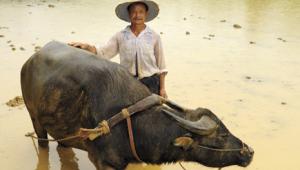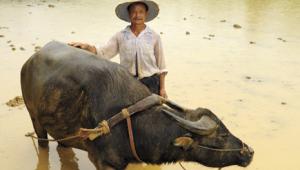Revisiting Photo Locations
You Can Go Home Again
Early on in my career, as an instructor with The Great American Photography Weekend workshop company, I had the privilege of teaching with some of the greatest nature photographers in the world. One of the first things that I learned was from Pat O'Hara who made it a point to revisit the same location many times. I didn't fully understand why until I started photographing frequently in a local area known as Loch Raven near where I live. John Shaw says, "The first time I visit a location I take pictures, the next time I make photographs." The point being that it takes at least a visit or two to get past the visual excitement of a new location and to calm down and look objectively at more of the material provided at a location. The first time at a venue, I tend to look for scenics, large views of an area. Subsequent times I begin to "look smaller," in other words start looking down at flowers, leaves in the water, reflections, small abstract patterns, and the way light affects smaller scenes. |
|||
Different Time & Light |
|||
There are probably more good
local ponds, lakes, waterways, state parks, and nature centers in your
area than you're aware of. Just look on any city map and you'll
see green areas designating state, county, and municipal parks. Check
them out! |



















































